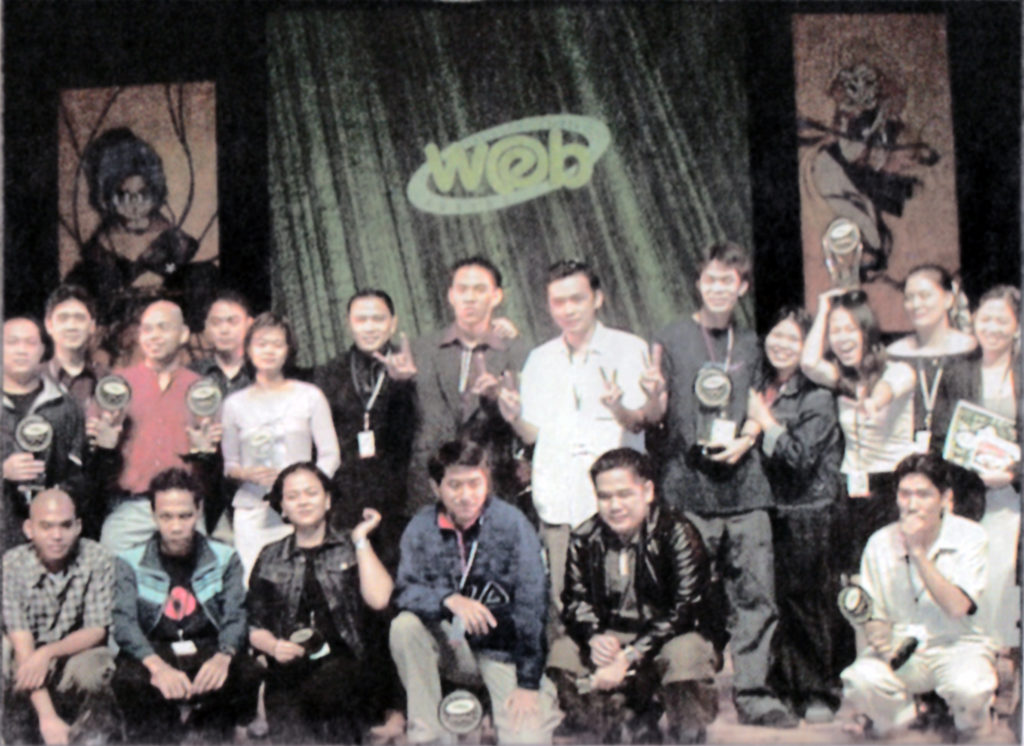SiteSeeing: Thoughts about the judging process
COMPUTERWORLD PHILIPPINES
Post-Web Awards Supplement
DECEMBER 10, 2001
By Jon Cortez Juliano
SENIOR SUPPLEMENT WRITER
CHOOSING the best Web site is never an easy thing to do. With literally millions of sites in circulation, favoring one over another almost seems like a crime. But, any award worth honoring must be guilty of that, and the Philippine Web Awards are certainly no exception.
Part of the difficulty comes from the very selection process employed by the judges. Like the elements, four critical features are taken into account—content, design, functionality and usability.
The difference between functionality and usability requires a little attention. “Functionality refers to the basics. Does 1t work? Is the Web site technically sound?” explained Mia Goloy, editor of PC World Philippines, and ajudge in the past three Web Awards.
Functionality embraces aspects like security and the overall stability of the Web site. It determines, for instance, if a site is prone to technical hiccups or, even, to crashing. Usability, on the other hand, addresses practicality and ease of navigation. In many ways, usability is user friendliness.
One might think that since the categories are straightforward, judging should be swift and final. The answer, of course, is no. By itself, design carries a lot of ambiguity. How do you decide what design is better? Is design merely an aesthetic concept or does it incorporate site efficiency?
Content is also difficult. It’s normally understood as information, the amount of information you can gather from the site or the thing the site tries to market. But what if the site is for artists who want to post their work over the Net? What ifit’s a personal Web page? Where does one draw the line between protecting one’s privacy and an acceptable amount of content?
Heinz Bulos, head of the organizing committee for the Web Awards, has an answer.
“As much as possible, we give equal weight [to the categories]. But say, if it’s an arts site, content doesn’t matter so much. But if the site deals in things like public service or media, then we look at content.”
To dispel fears of bias, an army of 29 judges from various fields oversaw the selection of the winners at almost every stage. It’s not as easy as one, two, three.

BY THE NUMBERS
The first leg of this three- pronged journey belongs to the general Internet public—every surf and chat addict in the country, basically. They submit entries to the screening committee via the Web Awards Web site. Each site undergoes the standard validity check. Despite the popularity of the porn industry, pornographic sites are definitely taboo. The site must also be owned by a Filipino citizen, must not contain any plagarized items, and must be accessible to the general public. Designers are also prohibited from modifying their sites during the judging process.
Next comes the Prefinals Phase. A rather cruel procedure, this culls the number ofnominees from more than a thousand, to 95, five finalists for each ofthe 19 categories. Don’t worry folks, it has nothing to do with Feng Shui. Goloy explained that during the Prefinals phase, each judge is assigned a category, and he or she rates sites within that category on a scale of 1-10 to determine who advances.
The Finals Phase completes the cycle and the winners are chosen. Over the years, the categories have undergone a sea of change. Some categories have been merged into a more general heading, others have been divided to give more attention to the subtle differences between similar industries.
The Media category, for example, is an extension of the News and Zines category. It highlights the difference between broadcast communications and print media. Cause-Oriented and Non-Profit, on the other hand, have been placed under Organizations. “We did this because the two overlap,” Bulos said.
A few categories, have resisted change. Strangely, one of the most consistent categories 1s an all-time favorite, Weird and Humor. General categories, such as Arts and Corporate, are likely to stay as they are—unless somebody comes up with aterribly creative way to call an illustration.
Still, judging seems to have gone from strength to strength since 1998. And this year was no different. One Prefinals judge summed it up best: “The judges this year were really very good. I think they did a good job maintaining objectivity. Kasi hindi lang naman dahil big corporation Stya, or Sikat yung tao, panalo na yung site. Choosing the winners was a very hard thing to do and I think they did very well.”
***

